Introduction
When you have poor credit, lenders see you differently. That’s where subprime loans come in, loans built for borrowers who don’t fit the mold.
If you’ve missed payments, filed for bankruptcy, or just never built strong credit, getting approved for a loan can feel impossible. Subprime loans offer a second chance but at a price.
They come with steeper interest rates, stricter terms, and risks that can spiral out of control if you’re not careful.
In this guide, you’ll learn exactly what subprime loans are, the different types available, how they triggered one of the biggest financial crises in history, and why understanding the difference between prime and subprime loans could save you thousands.
Key Takeaways
Subprime Loans: What To Know
- Subprime loans are designed for borrowers with poor or limited credit histories but they come with major trade-offs.
- They carry higher interest rates and stricter repayment terms to balance the lender’s risk.
- Subprime mortgages fueled one of the worst financial disasters in history during the 2008 crisis.
- Today, subprime lending still exists but it looks different and comes with new warnings.
- Knowing the difference between prime and subprime loans can save you from costly financial traps.
Disclaimer: This site contains affiliate links. If you make a purchase, we may earn a commission at no extra cost to you.
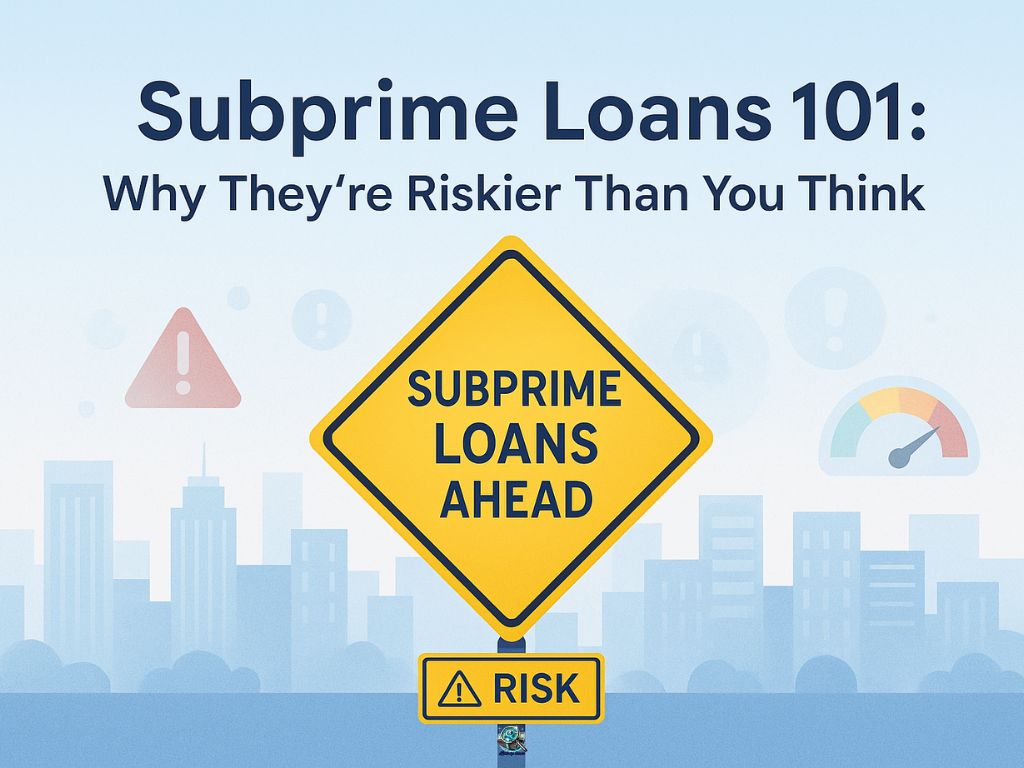
Subprime Loan Definition and Meaning
Subprime loans open doors that would otherwise stay locked but walking through them comes at a steep price.
A subprime loan is a type of loan offered to individuals who have lower credit scores or limited credit histories, making them ineligible for standard “prime” loans.
In lending, “prime” borrowers are considered low risk, they have strong credit, steady income, and a proven history of paying debts on time. Subprime borrowers, by contrast, carry more risk, and lenders compensate by charging much higher interest rates, adding stricter terms, or both.
Key characteristics of subprime loans:
- Higher interest rates compared to prime loans
- Less favorable terms, such as adjustable-rate structures
- Greater likelihood of additional fees or penalties
- Increased default risk for lenders and borrowers alike
Subprime lending isn’t automatically predatory, it fills a financial gap for many people. But without caution, it can lead to spiraling debt and long-term financial damage.
According to the Consumer Financial Protection Bureau (CFPB), borrowers with subprime credit scores are five times more likely to experience repayment issues within the first year of taking a new loan reinforcing how critical it is to understand the terms before signing.
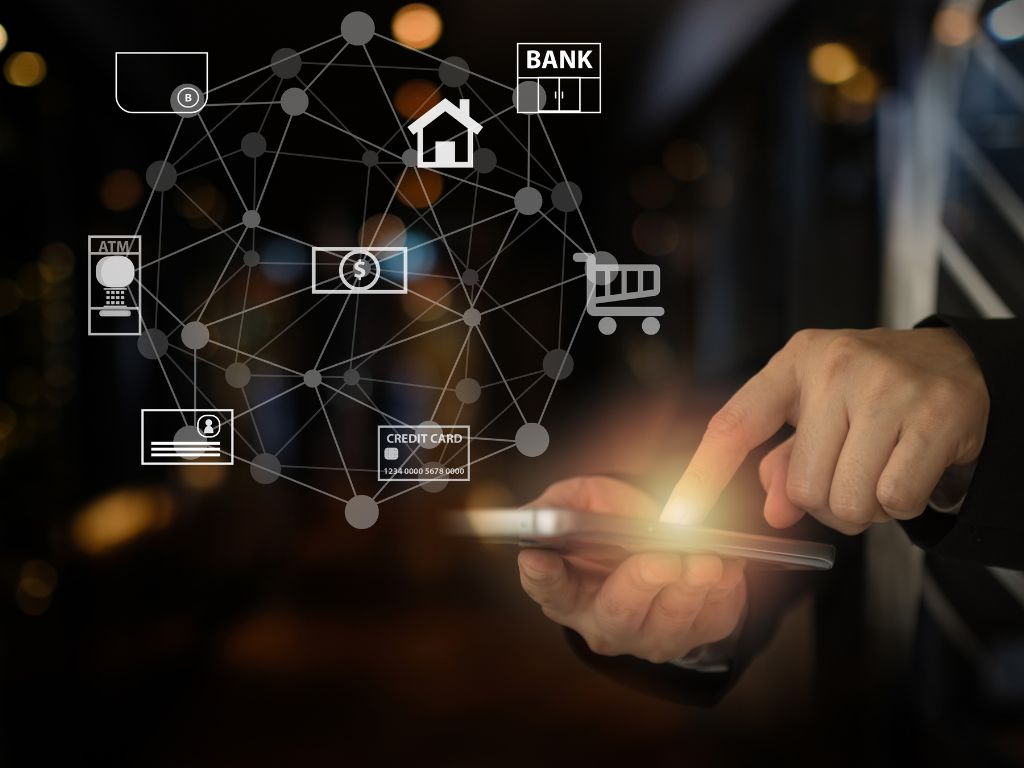
Types of Subprime Loans
Subprime loans aren’t limited to one part of the financial world, they’ve spread across almost every major borrowing category. Each type carries its own risks, but the common thread is the same: higher cost for higher risk.
Here are the main types of subprime loans you need to know:
Subprime Mortgage Loans
These are home loans offered to borrowers with low credit scores, irregular income, or high debt levels. Subprime mortgages often feature adjustable interest rates (ARMs), where payments start low and can later spike dramatically a structure that played a major role in the 2008 housing crisis.
Borrowers are lured in with low initial costs, only to find their payments unaffordable once the rates reset.
Subprime Home Equity Loans
Already own a home? Lenders may offer you a subprime home equity loan borrowing against the value of your house even if your credit isn’t perfect. While these loans can help fund renovations, consolidate debt, or cover emergencies, they put your home at serious risk if you default.
Fail to pay, and you could lose your home even over a relatively small loan.
Subprime Auto Loans
Subprime auto loans are loans for vehicles issued to borrowers with weak credit. They usually come with longer loan terms and higher interest rates, often leaving buyers “upside down” owing more on the car than it’s worth. Default rates in subprime auto lending are some of the highest in the industry.
Cars depreciate fast. Combine that with bad loan terms, and it’s a financial trap waiting to spring.
Subprime Personal Loans
Offered by banks, credit unions, and online lenders, subprime personal loans are typically unsecured meaning no collateral is required. While they can provide quick access to cash, the interest rates can be sky-high, and fees can add up fast. Many borrowers end up in endless refinancing cycles just to stay afloat.
Some payday lenders operate in this space too making it even riskier for desperate borrowers.
💬 Experian’s 2025 Credit Market Trends Report notes that subprime auto loans now account for nearly 18% of all active vehicle financing, with delinquency rates climbing above 5% a reminder that not all “affordable” financing stays affordable.

📊 Types of Subprime Loans
| Loan Type | Quick Definition |
|---|---|
| Subprime Mortgage | Home loan for borrowers with poor credit; usually higher rates and stricter terms. |
| Subprime Auto Loan | Car loan for weak-credit borrowers; often high interest and longer repayment terms. |
| Subprime Personal Loan | Unsecured loan for borrowers with poor credit; quick approval but costly rates. |
| Subprime Home Equity Loan | Borrow against your home’s value despite low credit; property at risk if unpaid. |
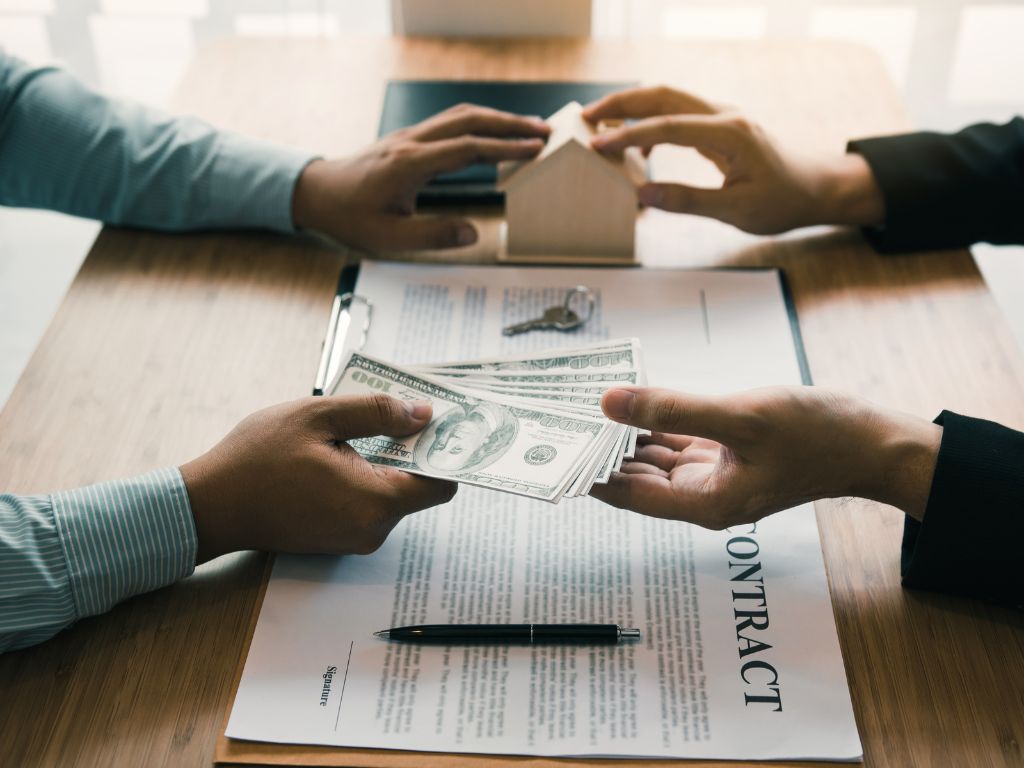
What Are Subprime Mortgage Loans?
If there’s one type of subprime loan that nearly brought down the entire global economy, it’s this one.
Subprime mortgage loans are home loans offered to borrowers who don’t qualify for traditional mortgages because of poor credit scores, limited income documentation, high debt-to-income ratios, or previous financial issues like bankruptcy or foreclosure.
But the real danger wasn’t just the borrower’s financial weakness, it was the structure of the loans themselves.
How Subprime Mortgages Work
Unlike conventional mortgages that offer steady, predictable payments, subprime mortgages often come loaded with adjustable rates (known as ARMs). Here’s the typical pattern:
- Low “teaser” rate for the first few years making the loan seem affordable.
- Massive interest rate reset later causing monthly payments to spike, often by hundreds or thousands of dollars.
- Balloon payments large lump sums due at the end of the loan term.
For many borrowers, the initial low payments created a false sense of security. When the rates adjusted, they simply couldn’t afford the new, higher monthly bills leading to foreclosures at massive scale.

Why Subprime Mortgages Were So Popular
During the early 2000s, banks and mortgage brokers had a huge incentive to push these risky loans.
They packaged subprime mortgages into complex financial products called mortgage-backed securities (MBS) and sold them off to investors hungry for returns.
The more loans they issued, the more money they made regardless of whether borrowers could actually repay.
The Hidden Risks
Subprime mortgages didn’t just hurt the borrowers. When the loans began defaulting in waves, banks, investment firms, and ultimately entire economies felt the shock.
Property values collapsed. Homeowners lost equity. Lenders collapsed under the weight of bad debt. The result? The 2008 financial crisis triggered largely by irresponsible subprime mortgage lending.
Learn more about the crisis from the Federal Reserve’s official Great Recession history.

The Subprime Mortgage Loan Crisis: What Happened?
The 2008 financial crisis wasn’t an accident. It was a slow-motion train wreck decades in the making and subprime mortgages were the fuel on the tracks.
Here’s how it all unraveled:
The Setup: Easy Money, No Questions Asked
In the early 2000s, lending standards collapsed. Banks realized they could approve almost anyone for a mortgage even borrowers with poor credit, no income verification, and massive existing debts and still make money.
How? They bundled these risky subprime mortgages into mortgage-backed securities and sold them to investors around the world. The risk was supposed to be spread out. But in reality, nobody understood how toxic these assets were.
The goal wasn’t to create sustainable homeownership. It was to churn out loans as fast as possible, collect fees, and move on before the house of cards collapsed.
The Spark: Rising Rates and Mass Defaults
When the initial “teaser” periods on millions of adjustable-rate subprime mortgages ended, borrowers’ monthly payments skyrocketed.
Many simply couldn’t afford the new costs and began defaulting on their loans.
Defaults triggered foreclosures. Foreclosures triggered a housing market crash. The crash triggered panic in the financial system as banks realized the “safe” investments they were holding were worthless.
Suddenly, institutions that seemed invincible like Lehman Brothers collapsed overnight.
The Fallout: A Global Meltdown
- Over 10 million Americans lost their homes.
- Banks and financial firms failed by the dozens.
- Trillions of dollars in global wealth evaporated almost instantly.
- Governments around the world had to step in with historic bailouts to prevent total economic collapse.
It wasn’t just a real estate crisis. It was a total failure of the financial system fueled by greed, reckless lending, and a complete abandonment of basic risk management.
And at the heart of it all? Subprime mortgage loans.
🏛️ Federal Reserve data and the Financial Crisis Inquiry Commission’s 2011 report both identified subprime mortgage securitization as a key trigger for the 2008 collapse a mistake modern regulations now aim to prevent.
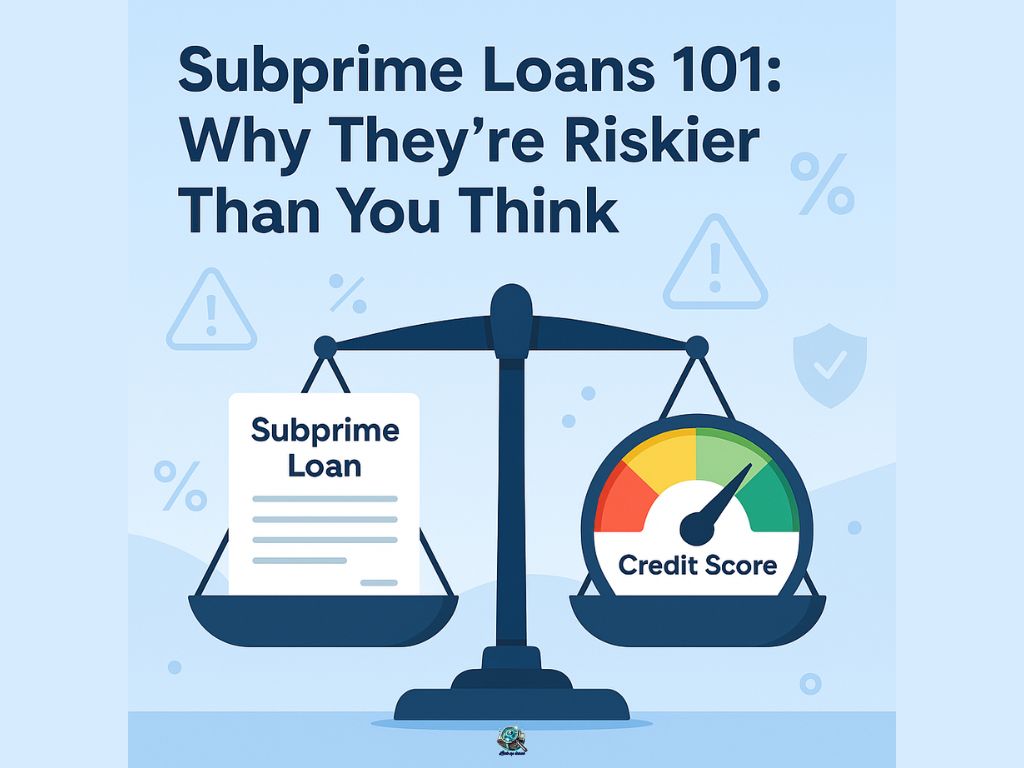
Why Were Subprime Loans Allowed in the First Place?
At first glance, it sounds insane. Why would banks knowingly hand out risky loans to people who probably couldn’t pay them back?
The answer is simple and uncomfortable: profit, policy, and blind optimism.
Greed: The Lenders Wanted Bigger Profits
Subprime loans were incredibly profitable. Lenders charged higher interest rates, bigger fees, and often pushed borrowers into expensive refinancing cycles. The more loans they issued, the more money they made and thanks to securitization, they didn’t even have to hold onto the risk themselves.
Mortgage brokers were paid by volume, not by quality. It wasn’t about finding “good” borrowers. It was about finding any borrower who could sign the dotted line.
Policy: Governments Wanted Higher Homeownership
In the years leading up to the crisis, government policies encouraged broader access to homeownership.
Agencies like Fannie Mae and Freddie Mac were pushed to support affordable housing initiatives, even if that meant dipping into riskier loans.
The idea was simple: everyone deserves a shot at owning a home. But the execution was reckless. Lending standards were lowered in the name of fairness and banks seized the opportunity to turn it into a gold rush.
Optimism: Nobody Believed the Good Times Would End
- Home prices were skyrocketing year after year.
- Borrowers thought they could always refinance.
- Banks thought housing prices would never fall.
- Investors thought mortgage-backed securities were foolproof.
Everyone convinced themselves that risk didn’t matter anymore until it did.
When housing prices finally stalled and then dropped, the illusion shattered. What had seemed like a never-ending boom turned into a freefall.
📊 The Federal Reserve Bank of St. Louis later reported that between 2004 and 2007, over 50% of all mortgages issued to subprime borrowers failed to meet the borrower’s ability-to-repay threshold, evidence of how policy and profit collided in dangerous ways.

Prime vs. Subprime Loans: Key Differences
When it comes to loans, not all borrowers or interest rates are created equal.
Understanding the difference between prime and subprime loans isn’t just academic.
It can literally cost you (or save you) tens of thousands of dollars.
Here’s how they stack up:
🆚 Prime vs. Subprime Borrowers
| Attribute | Prime Borrower Profile | Subprime Borrower Profile |
|---|---|---|
| Credit Score | ~670–850 | < 620 |
| Payment History | On-time, few/no delinquencies | Late payments / collections possible |
| Debt-to-Income (DTI) | Lower DTI; strong capacity | Higher DTI; tighter budget |
| Income Verification | Straightforward docs | Stricter scrutiny, more docs |
| Savings / Reserves | Emergency funds on hand | Limited reserves |
| Interest Rates | Lower (single- to low double-digit) | Higher (often 20%–36%+) |
| Fees / Penalties | Lower fees; fewer penalties | Higher fees; prepayment penalties possible |
| Approval Odds | High with clean profile | Moderate to low; case-by-case |
| Typical Loan Terms | Longer terms; predictable payments | Shorter terms; higher payments |
| Default Risk | Lower | Higher |
Prime Loans: The Safe Zone
Prime loans are reserved for borrowers who have proven themselves trustworthy steady income, clean credit reports, low debt-to-income ratios.
Lenders fight for prime borrowers by offering lower rates, better terms, and more flexible repayment options because they know the risk of default is low.
Translation: Prime = cheaper, safer debt.
Subprime Loans: High Risk, High Cost
Subprime loans are designed for borrowers who don’t fit that perfect mold.
But that flexibility comes at a price: higher interest rates, tougher penalties, and greater chances of financial strain.
While a subprime loan might open doors for someone with damaged credit, it also leaves much less room for error one missed payment, and things can spiral fast.

⚖️ Pros & Cons of Subprime Loans
| Pros | Cons |
|---|---|
| Access to financing when traditional lenders say no | Higher APRs (often double-digit), bigger total cost |
| Fast approvals and funding in many cases | Shorter terms → higher monthly payments |
| Can help rebuild credit with on-time payments | Fees/penalties (origination, prepayment in some cases) |
| Available across products (auto, personal, mortgage, cards) | Higher default/collection risk if income is tight |
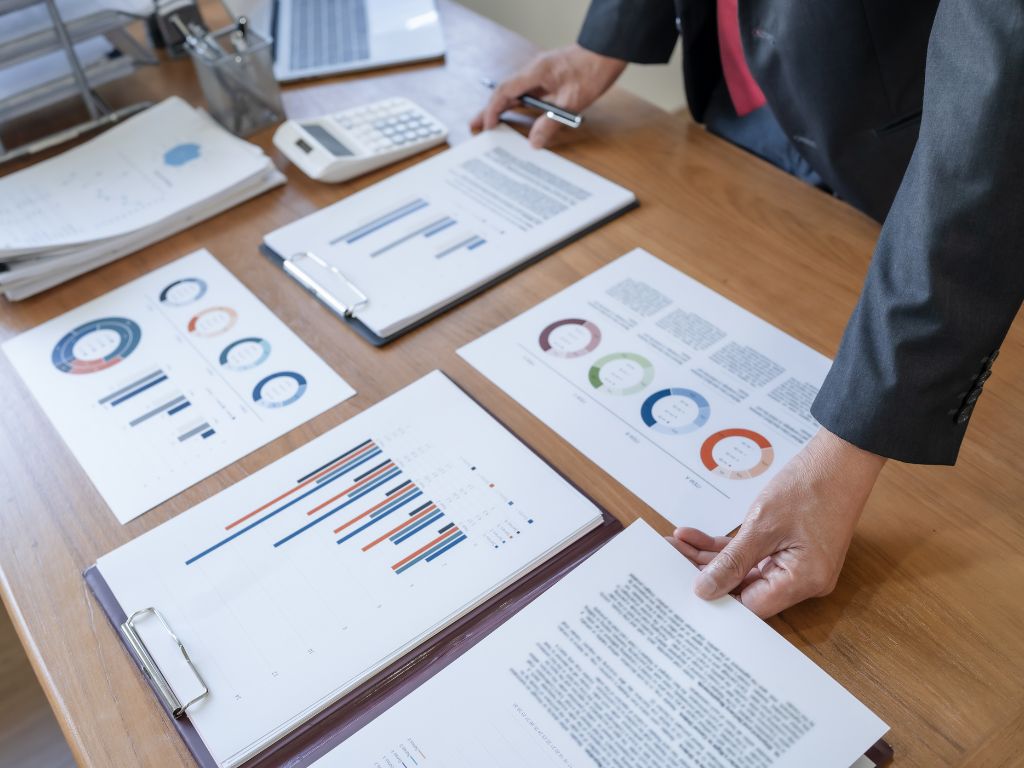
Subprime Loan Lenders Today: What Has Changed?
You might think after the 2008 disaster, subprime lending would be dead and buried.
Think again.
Subprime loans never disappeared. They just got a makeover.
Today’s subprime lenders are smarter, more regulated, and often operating under different names but the core business model remains: offer high-cost loans to high-risk borrowers.
Tighter Regulations, Stricter Rules
After the financial crisis, governments worldwide imposed tough new rules on lenders:
- Ability-to-Repay Rule: Lenders must now verify a borrower’s income, assets, and debts to ensure they can actually afford the loan.
- Qualified Mortgage Standards: Loans must meet certain safe criteria like no excessive fees, no risky “balloon payments,” and predictable payment structures.
- Stronger Oversight: Institutions like the Consumer Financial Protection Bureau (CFPB) monitor lending practices much more closely today.
Result? The wildest, most reckless lending practices have been curbed but not eliminated.
New Players, New Names
Today, you’ll often hear softer terms like:
- Non-prime loans
- Near-prime lending
- Alternative credit financing
Banks, online lenders, fintech startups, and even credit unions offer subprime products especially in areas like:
- Auto loans
- Personal loans
- Credit cards
The labels have changed. The risk hasn’t.
🧾 According to the CFPB’s 2025 Consumer Credit Report, subprime lending complaints have dropped 22% year over year thanks to tighter oversight but average APRs for non-prime products remain above 25%, showing that “safer” doesn’t mean “cheap.”
Is Subprime Lending Safer Today?
In some ways, yes. Borrowers get more disclosure, more protections, and more honest loan structures.
But at the end of the day, a subprime loan is still a high-cost, high-risk deal and if you’re not ready for the terms, you could still end up trapped in a financial nightmare.
📊 Quick Stats on Subprime Lending (2025)
| Statistic | 2025 Figure | Source |
|---|---|---|
| Subprime Auto Loan Delinquency Rate | ~5.5% (Q1 2025) | Federal Reserve |
| Average Subprime Credit Card APR | 28% – 32% | CFPB |
| Share of Auto Loans Subprime | ~18% of all auto loans | Experian |
| Subprime Mortgage Originations | Down 40% vs. pre-2008 peak | Urban Institute |
| Average Subprime Auto Loan Term | 72 – 84 months | Edmunds |

⚠️ Risks of Subprime Loans
| Risk | Impact |
|---|---|
| High Interest Rates | Monthly payments are much higher, making loans harder to manage long-term. |
| Adjustable or Balloon Terms | Payments can spike suddenly or end with a large lump sum due. |
| Negative Equity (Auto Loans) | Borrowers often owe more than the car is worth, creating long-term debt traps. |
| Collateral Loss | Defaulting on mortgages or title loans can mean losing your home or vehicle. |
| Credit Score Damage | Late payments or defaults further reduce credit, limiting future options. |
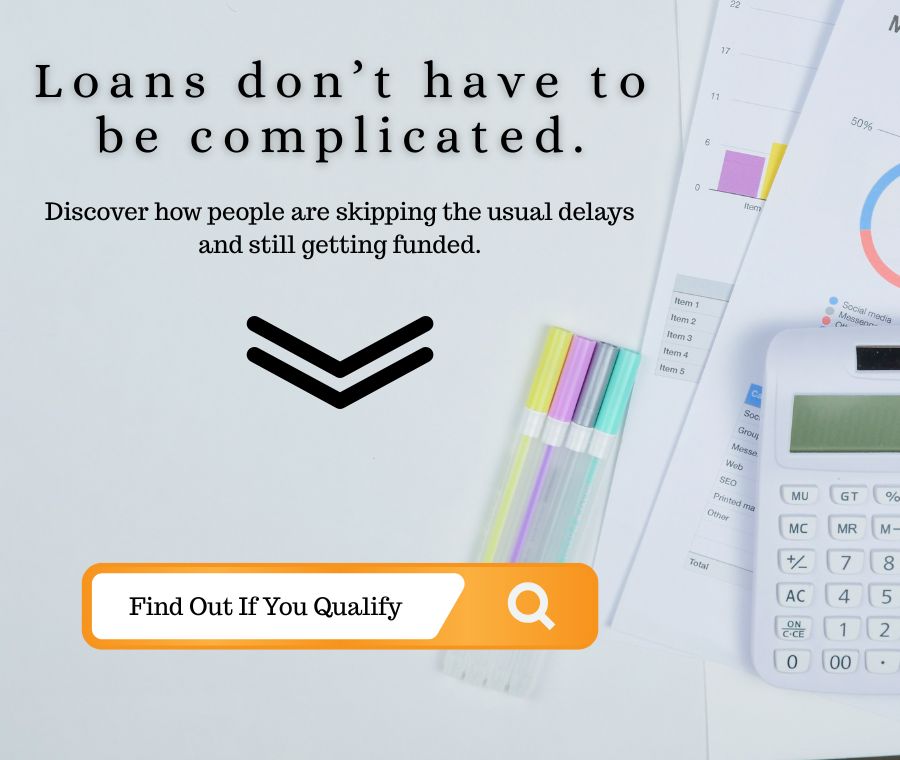
⚡ Should You Take a Subprime Loan? A Simple Decision Guide
Before you sign anything, pause.
Subprime loans can be a temporary bridge or a financial trap, depending on how you use them.
Use this quick decision grid to separate smart strategy from red flags before committing.
| If You… | Better Move | Why It Fits |
|---|---|---|
| Need urgent funding for essentials like transportation or housing | Explore secured or credit-union loans first | Lower rates, fairer terms, and clearer repayment structures. |
| Have a credit score under 620 but stable income | Consider a short-term subprime loan only with a payoff or refinance plan | Can rebuild credit responsibly if managed within 6–12 months. |
| Are offered an “instant approval” or “no-credit-check” loan | Walk away | These often hide triple-digit APRs or illegal fee structures. |
| Already carry multiple high-interest debts | Focus on debt reduction or consolidation, not new borrowing | Adding another loan increases default risk and damages credit further. |
| Expect your credit to improve soon (new job, cleared debts) | Wait and reapply in 3–6 months | A small credit boost can unlock prime offers and save thousands in interest. |
| Can afford only the minimum payment each month | Avoid subprime loans | Variable rates and fees can cause balance creep and long-term debt cycles. |
Bottom Line: Don’t Just Qualify — Calculate the Cost
Subprime loans can fill short-term gaps, but they’re rarely the cheapest or safest option.
If two or more “red flags” match your situation, treat that as a signal to pause, rebuild credit, and revisit better financing options later.
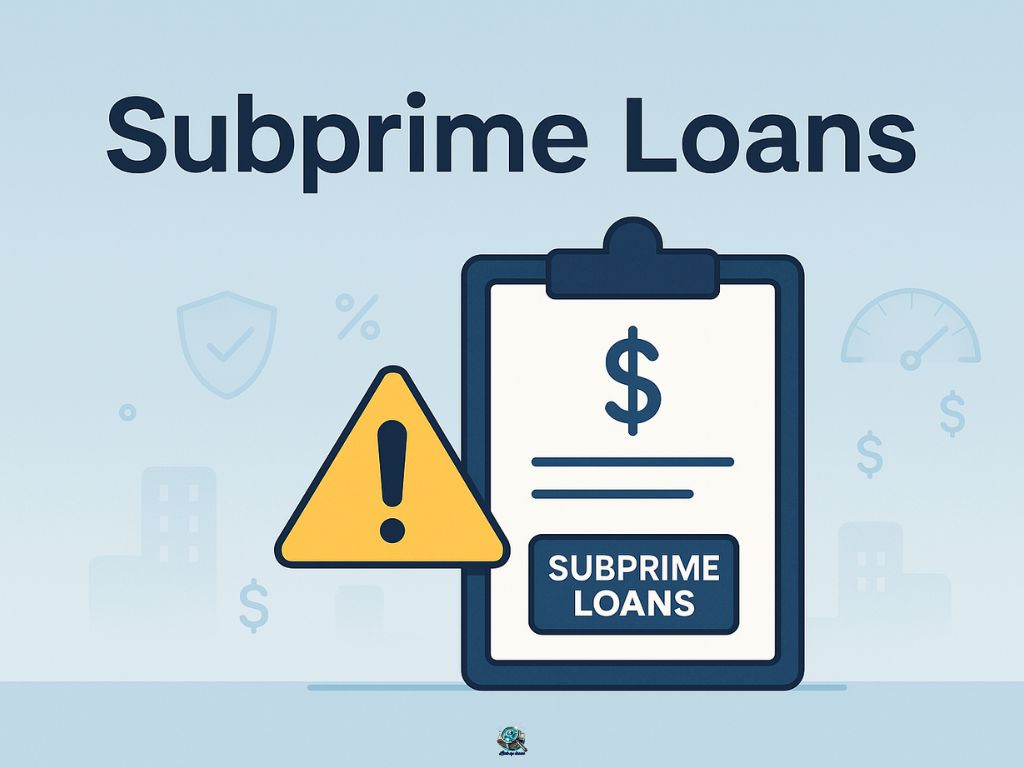
Conclusion: Should You Ever Take a Subprime Loan?
Subprime loans aren’t evil. They’re tools dangerous ones if you don’t know how to use them.
There are situations where taking a subprime loan makes sense:
- You urgently need a car to get to work.
- You’re rebuilding credit after a rough financial patch.
- You have a short-term need and a clear, realistic plan to refinance later.
In those cases, a subprime loan can be a bridge not a death sentence.
But here’s the truth no lender will tell you: If you treat a subprime loan like easy money, you’ll get crushed.
High interest rates, strict terms, penalties, and limited escape routes make subprime loans incredibly risky for anyone who isn’t financially disciplined.
If you must take one:
- Understand every term before signing.
- Borrow the smallest amount possible.
- Have a plan to refinance or pay it off fast.
- Work aggressively to improve your credit immediately.
A subprime loan should be a stepping stone never a permanent solution. Get out fast. Get back to prime status. And next time, borrow from a position of strength, not desperation.
💡 Financial advisors often recommend treating subprime loans as short-term bridges rather than long-term tools. The key, according to the National Foundation for Credit Counseling (NFCC), is to pair borrowing with a clear credit-rebuilding plan from day one.
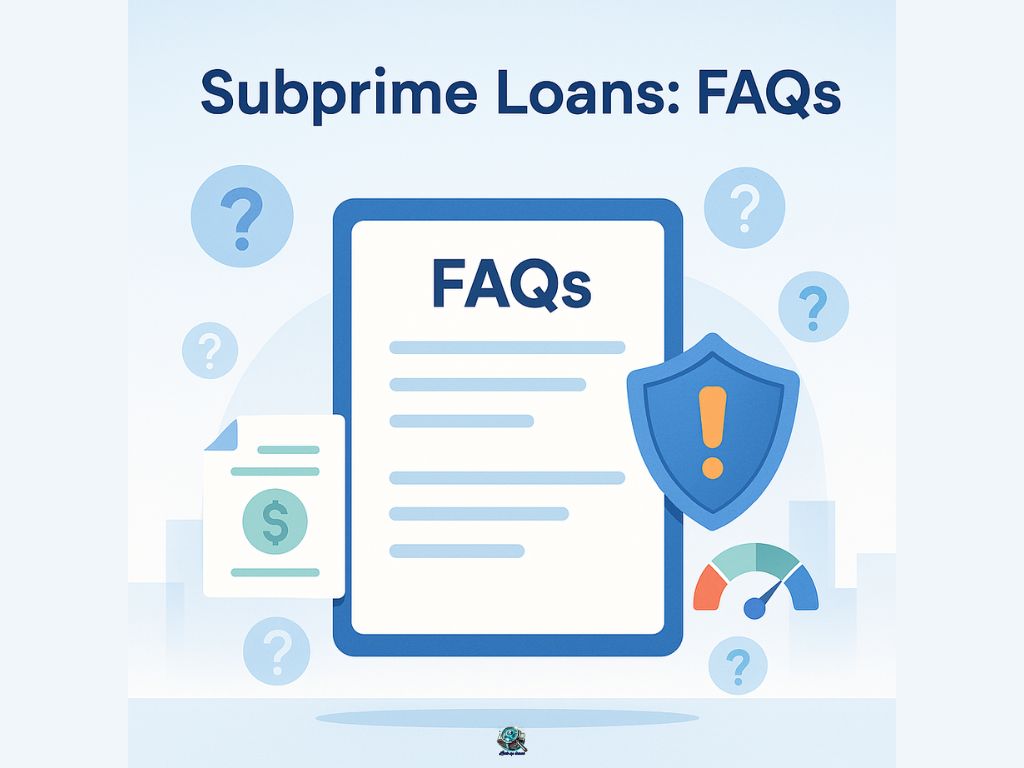
FAQs About Subprime Loans (2025 Edition)
What is a subprime loan?
A subprime loan is a type of financing for borrowers with low credit scores typically below 620. Because lenders view these borrowers as higher risk, they charge higher interest rates and may impose stricter repayment terms. Subprime loans can include mortgages, personal loans, auto loans, and even credit cards.
Are subprime loans still legal in 2025?
Yes. Subprime lending remains legal, but it’s far more regulated than it was before the 2008 financial crisis. Lenders must now verify income, disclose total loan costs, and comply with rules from the Consumer Financial Protection Bureau (CFPB) designed to prevent predatory practices.
Can subprime loans help rebuild credit?
Yes but only if managed carefully. Making on-time payments on a subprime loan can help raise your credit score over time. However, missed or late payments can cause further damage, so only borrow what you can realistically repay.
Can I refinance a subprime loan?
Absolutely. If your credit score or income improves, refinancing can move you into a prime loan with a lower APR and better terms. Many borrowers refinance within 12–18 months to cut their costs. Always compare at least three offers before refinancing.
Are all subprime lenders predatory?
Not all. Some established banks, credit unions, and online lenders offer fair subprime products.
The red flags to watch for are:
- No clear APR or total cost disclosure
- “Guaranteed approval” language
- Pressure to sign immediately
If you see those signs, walk away.
What are safer alternatives to subprime loans?
If your credit is struggling, consider:
- Credit unions: Often approve “fair credit” borrowers with capped rates.
- Secured personal loans: Use savings or collateral for lower rates.
- Credit-builder loans: Help rebuild credit without high risk.
- Peer-to-peer lenders: More flexible for mid-tier credit.
How can I avoid falling into a subprime debt trap?
Read every term before signing. Ask for the APR in writing. Borrow only what solves the immediate problem. And create a repayment plan before taking the loan. The CFPB advises comparing at least three lenders and reviewing all fee disclosures before committing.
What’s the difference between prime and subprime auto loans?
Prime auto loans go to borrowers with stronger credit (usually 670+), offering lower interest and longer terms. Subprime auto loans target credit scores under 620 and often come with higher APRs, longer terms, and greater negative equity risk meaning you could owe more than your car’s value.
When does taking a subprime loan make sense?
If you need urgent access to credit, have a stable income, and a clear plan to refinance or repay quickly, a subprime loan can be a temporary bridge. But if you’re unsure about repayment or already struggling with debt, it’s safer to explore alternatives.
2 Comments
Subprime Auto Loans: Get Approved Without Getting Trapped - Look Up Loans · April 8, 2025 at 10:17 pm
[…] If you’re not just looking at car loans, check out our complete guide on subprime loans and how they work. […]
Subprime Personal Loans: Your Second Chance at Financing - Look Up Loans · April 11, 2025 at 8:46 pm
[…] applying, it’s smart to understand the full picture. Our Subprime Loans 101 Guide explains what lenders don’t always tell […]